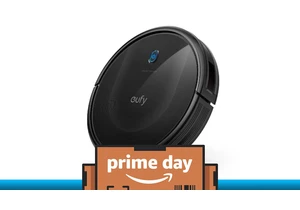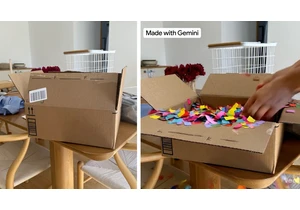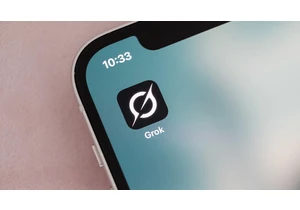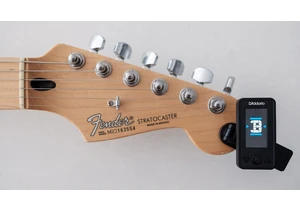Paint might not seem like the heaviest component to consider when building a large device like an airplane, but its mass can add up. Now, a new and lightweight substance could provide a welcome substitute: Two material scientists from Kobe University, Fujii Minoru and Sugimoto Hiroshi, have discovered nanospheres that are near-invisible silicone crystals. The particles can reflect light thanks to very large and efficient scattering, research published in the journal of ACS Applied Nano Matter details. The result could mean covering a surface in vibrant color while only adding 10 percent of the weight that paint would bring, Fast Company reports.
This reduction could have a tremendous impact on factors such as cost and carbon dioxide produced. Simply put, a plane must use more fuel as its weight goes up, thus directly increasing the amount of money airlines spend (and then charge customers), along with the quantity of fuel burned as carbon dioxide into the atmosphere.
Minoru and Hiroshi's discovery focuses on structural rather than pigment color to exhibit and maintain hues. The former absorbs wavelengths while reflecting the ones the human eye picks up. Structural colors, on the other hand, are "intense and bright colors result from the interaction of light with periodic micro- and nanostructures that cause color by interference, coherent scattering, or diffraction," according to the Encyclopedia of Nanotechnology.
The team's work follows previous research in which they were able to build nanocrystals to a specific size. Then came the creation of colloquial suspension, which keeps the crystalline silicon nanoparticles mixed with supporting liquid rather than separating. At present, the color of the nanosphere-based ink varies as the team changes the nanocrystals' sizes. Larger particles create warm hues like red, while smaller particles display cooler tones like blue. These shades should remain identical no matter the angle at which a person sees them.
This article originally appeared on Engadget at https://www.engadget.com/scientists-develop-nanosphere-paint-that-could-reduce-planes-carbon-dioxide-emissions-134733040.html?src=rss https://www.engadget.com/scientists-develop-nanosphere-paint-that-could-reduce-planes-carbon-dioxide-emissions-134733040.html?src=rssJelentkezéshez jelentkezzen be
EGYÉB POSTS Ebben a csoportban




Disney and the British free-to-air broadcaster ITV have launched a new partnership that will allow them to show each other’s shows in an effort to reach new audiences. ITV viewers will be able to w

Earlier this week, Grok, X's built-in chatbot, took a har

For many, summer means it's time to grill outdoors. But cooking inside does at least mean you’re likely to deal with fewer bugs. It also makes it easier to try out new kitchen equipment, such as a

Amazon's Prime Day is
